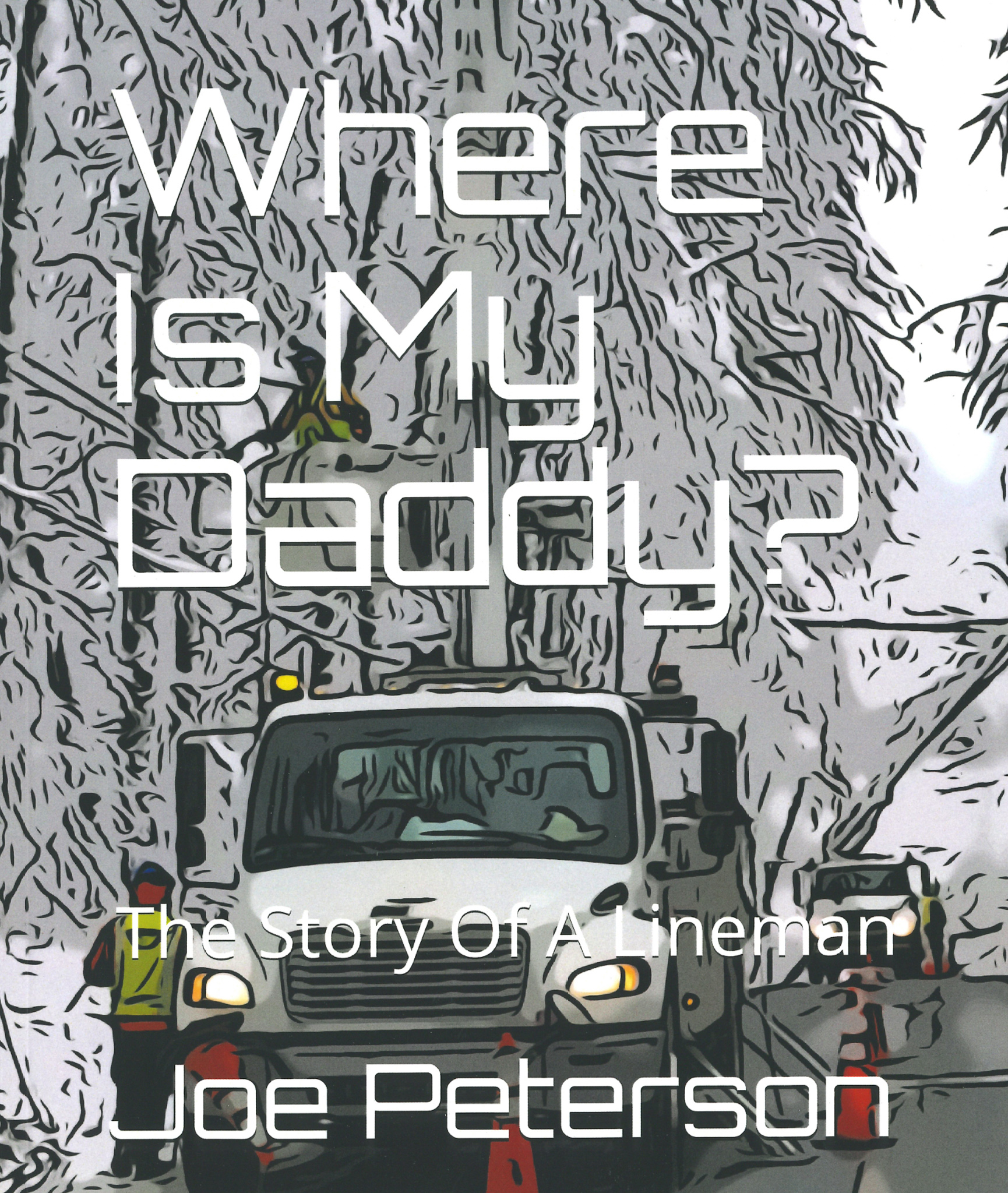Teaching children about lineworkers
Never is it more apparent how essential electricity is than when it is out. Though it hasn’t been that long—about 80 years ago— since electricity was still scarce in homes in rural areas—today’s children cannot fathom what life was life without it.
These children’s books provide good teaching points about how electricity gets to our homes or businesses:
LineKid’s ABCs: A Kid’s Guide to the Work of an Electrical Lineman, written by Jeanna Borgmann and illustrated by Rebecca Yee, explains lineworker terms by using letters of the alphabet, such as B for bucket truck and J for journeyman. Both Borgmann and Yee have inside knowledge of this career, as both are married to lineworker. Borgmann, a teacher, reported struggling to find children’s books related to electrical linework, so she set out to change that.
Where is My Daddy?: The Story of a Lineman, by Joe Peterson, highlights lineworkers’ difficulties in being away from family, sometimes for long periods of time, while power is restored or installed. The story is written in the style of a dad sending his children updates while he is away, helping them to understand he is gone because he is helping others. His tender messages reassure his kids he is safe and misses them, and that he is proud of the work he’s doing.
Curtis Condon, former co-op magazine editor of 27 years, addresses intermediate students in his novel, Wish Upon a Crawdad. Through lively writing, the story follows sixth-grader Ruby Mae Ryan and her younger brother in the 1940s fictional town of Crossroads.
Ruby starts a crawdad business and believes that wishing upon the first crawdad of the day will bring magic. For those who doubt, she points to the new electric co-op and the coming of electricity as proof.
Ruby’s city schoolmates enjoy the conveniences of powered homes, but it is too costly to run power lines to those who live on farms. Ruby’s dad and older brothers, along with engineers and many local people, start the electric co-op and do the work themselves to run power to rural homes.
Kids will enjoy reading about Ruby’s antics and troublesome scrapes as she tries to outwit her brothers on a regular basis.
As a reader, you’ll recognize that the story narrative follows the historical rural electrification of America.


- LineKid’s ABCs: A Kid’s Guide to the Work of an Electrical Lineman, $14.99
- Where is My Daddy?: The Story of a Lineman, $9.49
- Wish Upon a Crawdad, Heart of Oak Books, $17.99
All titles are available through your local bookseller or Amazon.
As recently as 1928, nearly 90% of rural communities did not have electricity while most large towns had enjoyed the convenience for decades. Determined to see progress, neighbors joined together, borrowed money from Franklin D. Roosevelt’s New Deal to build their own power companies from the ground up, and paid a membership fee to join the electric co-op. By the 1950s, nearly 90% of homes had electricity. Today, there are more than 900 electric co-ops nationwide serving 42 million people, powering 21 million businesses, homes, schools and farms in 48 states.

